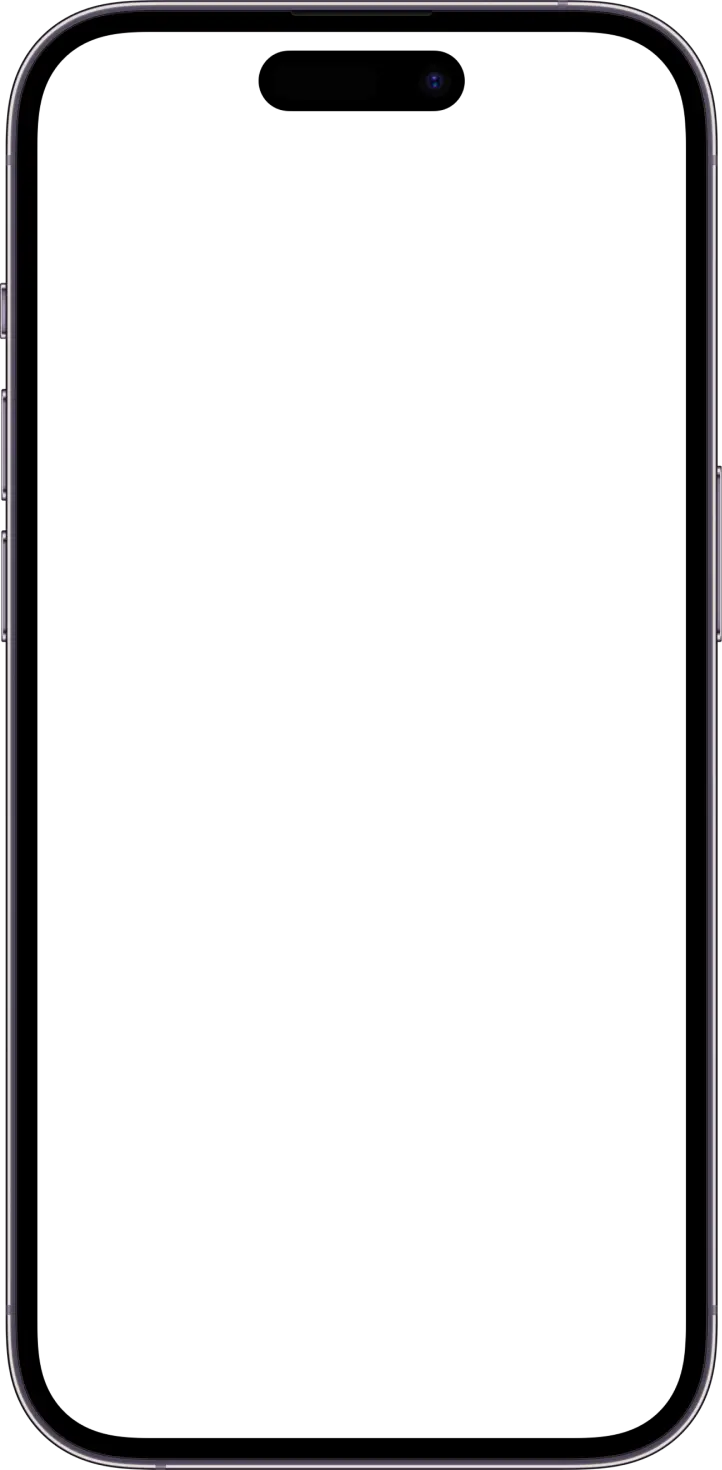AI-Powered Healthcare Platform – Helping Users Find Reliable Health Guidance
Designing a free, accessible, and AI-driven symptom checker to improve healthcare decisions.
Navigating healthcare is overwhelming. Many people turn to Google, but end up:
❌ Misdiagnosing themselves and panicking.
❌ Wasting money on unnecessary doctor visits.
❌ Not knowing where to go for help.
When designing this platform, I aimed to bridge the gap between users and accurate medical knowledge. The main user pain points included:
💬 "I don’t know if my symptoms are serious or if they will go away on their own."
💬 "Health articles are too complicated. I just need a simple explanation."
💬 "I can’t afford a doctor visit just to ask a basic health question."
💬 "I don’t know which clinic or specialist can help me."
Supporting Public Healthcare
Reduces hospital overload by guiding users on when to seek medical care.
Making Healthcare Accessible
Provides free, AI-powered health guidance to underserved communities.
Promoting Health Awareness
Encourages users to check symptoms early, preventing self-misdiagnosis and unnecessary medication.
Educating Older Generations
Simplifies medical information, making healthcare more accessible for seniors.
Connecting Patients Efficiently
Helps users find the right healthcare provider, reducing confusion and misdirected visits.
My first priority was to understand the real challenges users face and ensure that the platform provided accurate, accessible, and helpful healthcare guidance.
I spent time researching user behavior, analyzing pain points, and reviewing existing online health resources.
I set out to simplify healthcare access by focusing on small but meaningful UX improvements:
✅ Simplified Medical Info → Replaced jargon with clear, easy-to-read explanations.
✅ AI Symptom Checker → Designed a step-by-step guide to reduce confusion.
✅ Better Navigation → Made it easier to find trusted health advice quickly.
✅ Improved Accessibility → Larger text, high contrast, and voice support for all users.
These changes helped users trust the platform, make better health decisions, and reduce unnecessary doctor visits.
Aligning the Platform Around User Needs
Where Do I Stand?
Healthcare information was hard to access, overly complex, and unstructured, making it difficult for users to find the guidance they needed. Without a clear approach, users relied on self-diagnosis, misinformation, or unnecessary doctor visits.
How I Plan and Deliver Value
With a user-first approach, I established a shared, outcome-oriented workflow that connects the vision to strategy, research, and implementation. This ensures that every design decision from understanding user needs to AI integration and accessibility, delivers real value by making healthcare information clear, trustworthy, and easy to use.
Design Process and User Research
Getting Started with Design
I designed a user-centered workflow that makes healthcare clear, accessible, and trustworthy by:
✅ Simplifying medical information for all literacy levels.
✅ Bridging AI & human-centered design for seamless interactions.
✅ Enhancing accessibility with large fonts, and multilingual support.

Measuring Success
I created a Health UX Scorecard to improve usability and trust, focusing on:
✔ Clarity – Can users understand AI-generated health insights?
✔ Navigation – Is it easy to find and access health services?
✔ Effectiveness – Does the platform meet user needs?
User feedback helped refine design decisions, simplify content, and improve navigation for a seamless healthcare experience.

Understanding Our Users
I watched how real patients navigate healthcare—most Google their symptoms, panic, and have no clue if they actually need a doctor.
💡 What I learned:
✔ AI symptom checking = better bookings & faster consultations.
✔ Fewer unnecessary hospital visits = more focus on real patients.
✔ Clear guidance = users feeling confident managing minor issues at home.
By designing with real patient behavior in mind, I made sure the platform guides users, reduces system strain, and actually helps people make smarter health decisions.
Assessing the Status Quo
Most healthcare platforms focus on monetization first, relying on:
Overwhelming blog content instead of structured, AI-driven guidance.
Paid doctor referrals that prioritize profit over user clarity.
Young-gen interfaces that alienate older users, limiting accessibility.
This results in confused users, misdirected appointments, and inefficiencies in healthcare services.
Switching to an Outcome-Oriented Roadmap
To create value for both users and businesses, I structured a user-first, scalable approach:
Optimized usability
Clear AI guidance improves user retention & engagement.
Strategic accessibility improvements
Expands audience reach, including older users.
Reducing misdirected visits
Saves healthcare providers time & resources.
Data-driven insights
Helps businesses refine their services based on real user behavior.
Developing a Design System for Consistency and Efficiency
Building a Scalable & Accessible Design System
I developed a structured design system to improve clarity, usability, and scalability. Key features include:
✅ Standardized UI components for a seamless experience.
✅ Clear typography & layouts for easy navigation.
✅ Reusable elements for efficiency.
✅ Quick language toggle for accessibility.
This ensures a cohesive and user-friendly interface across all devices.
Wrapping Up
Learnings
This project aimed to bridge the gap between users and reliable healthcare information. What I learned:
✔ Clarity builds trust – Simple, transparent info keeps users engaged.
✔ Accessibility matters – Seniors need larger text & intuitive navigation.
✔ Guidance reduces strain – Clear symptom insights prevent unnecessary doctor visits.
More than design, UX is about solving real problems and making healthcare easier for everyone.
Future Objectives
Looking ahead, I aim to:
✅ Refine AI accuracy to provide even more reliable health insights.
✅ Expand accessibility to serve multilingual and older users better.
✅ Integrate strategic partnerships to ensure long-term growth while keeping essential services free.










